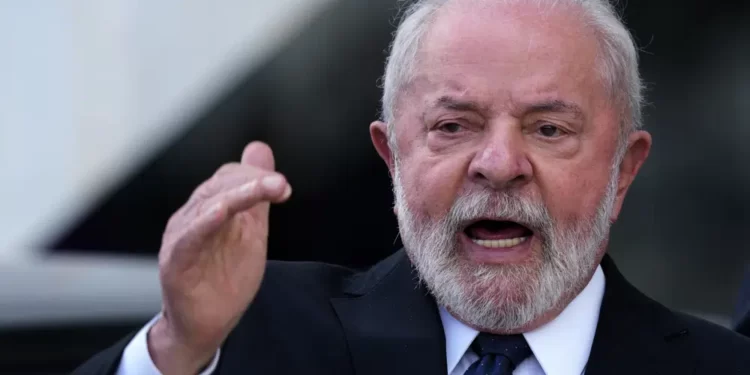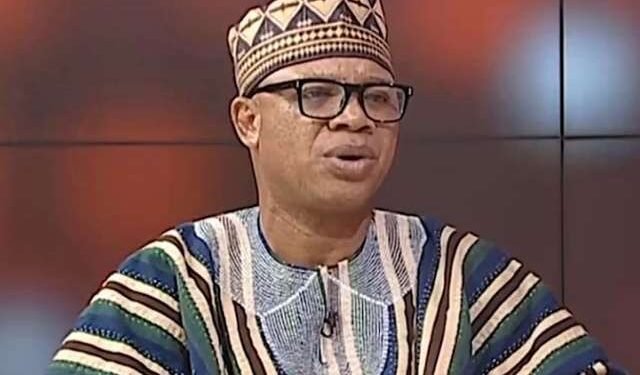African countries continue to remain at the bottom, as the global agenda to achieve sustainable energy by 2030 races on. To avert this, sustainable solutions must target African countries left behind in quest for global energy access, a new report by the International Energy Agency (IEA) suggests.
It is without doubt that a greater share of the global population have for the past decade made gains towards access to electricity than ever before, but the number of people without electricity in sub-Saharan Africa continues to increase. On the global front, however, the good news is that the share of people without access to electricity declined from 1.2 billion in 2010 to 759 million in 2019.
IEA hints that unless global efforts are scaled up markedly in countries in the region the world will still fall short of reaching universal access to affordable, reliable, sustainable and modern energy by 2030.
Specific to the sub-Sahara African region, a host of countries continue to experience substantial deficits in sustainable energy including Nigeria, the Democratic Republic of Congo and Ethiopia, which collectively remain the top three biggest electricity access deficits.
If not for COVID, the gains chalked so far in increasing access would have improved. The report show that the number of people connected to mini grids has more than doubled between 2010 and 2019, growing from 5 to 11 million people.
However, under current and planned policies and further affected by the COVID-19 crisis, an estimated 660 million people would still lack access in 2030, most of them in Sub-Saharan Africa, the report indicates.
African countries continue to lag behind
Broadening the scope of energy access deficit, the top 20 countries account for 81 percent of the global population without access to clean fuels and technologies, and majority are in Africa. Of these, the Democratic Republic of Congo, Ethiopia, Madagascar, Mozambique, Niger, Uganda and Tanzania scored less or equal to 5 percent of their populations with access to clean cooking.
Within the energy mix available to bridge the gaps to reach SDG 7 include the goal of significantly improving use of renewables. This has proven useful and more resilient than others used during the covid-19 crisis, the report highlights.
Meanwhile, in 2018, renewable energy generation was found to have been predominant in East Asia- driven by large consumption of solar and wind energy in China. The largest country-level advances in renewable energy in 2018 were observed in Spain, owing to higher hydropower generation. This was followed by Indonesia where a rapid uptake of bioenergy for power generation played a substantial role.
Thus, the IEA observes that to significantly increase the share of renewable energy in line with the SDG 7 target, current efforts need to accelerate in all end-use sectors to scale uptake of renewables while containing total energy demand.
The report also highlights that international financial flows in support of clean and renewable energy sparsely reached developing countries. Precisely, flows to developing economies to support clean and renewable energy reached $14 billion in 2018, with a mere 20 percent going to the least-developed countries.
Therefore, an increased emphasis on “leaving no one behind” is required in the years ahead, the report stresses.
READ ALSO: We’re drawing the attention of authorities to prosecute COVID-19 flouters- GMA























